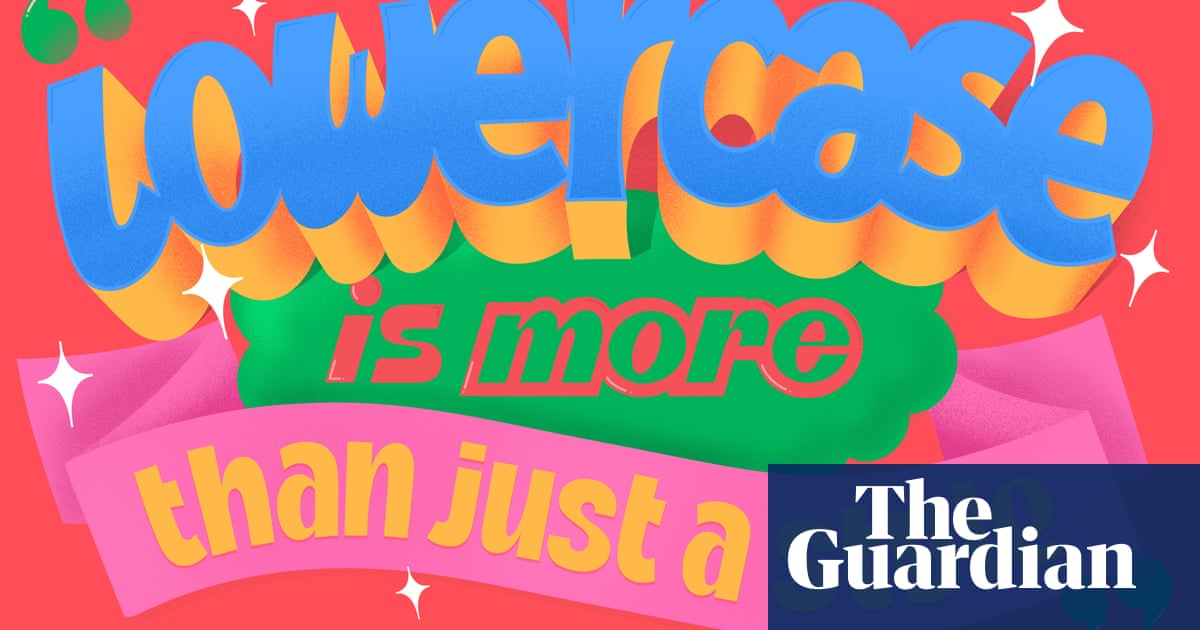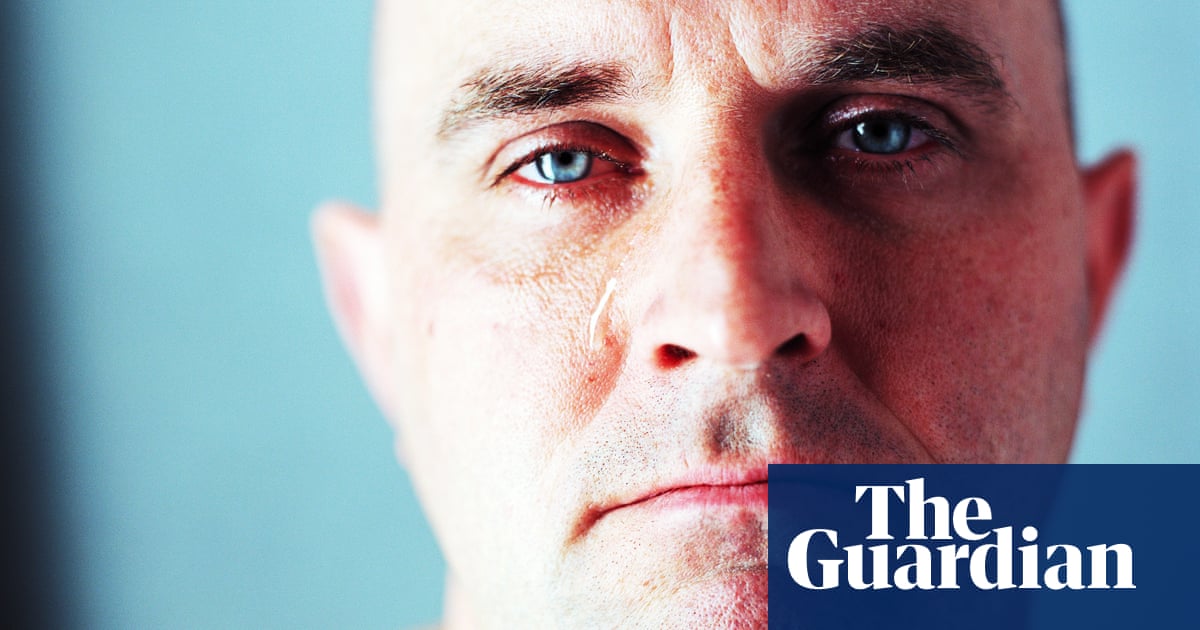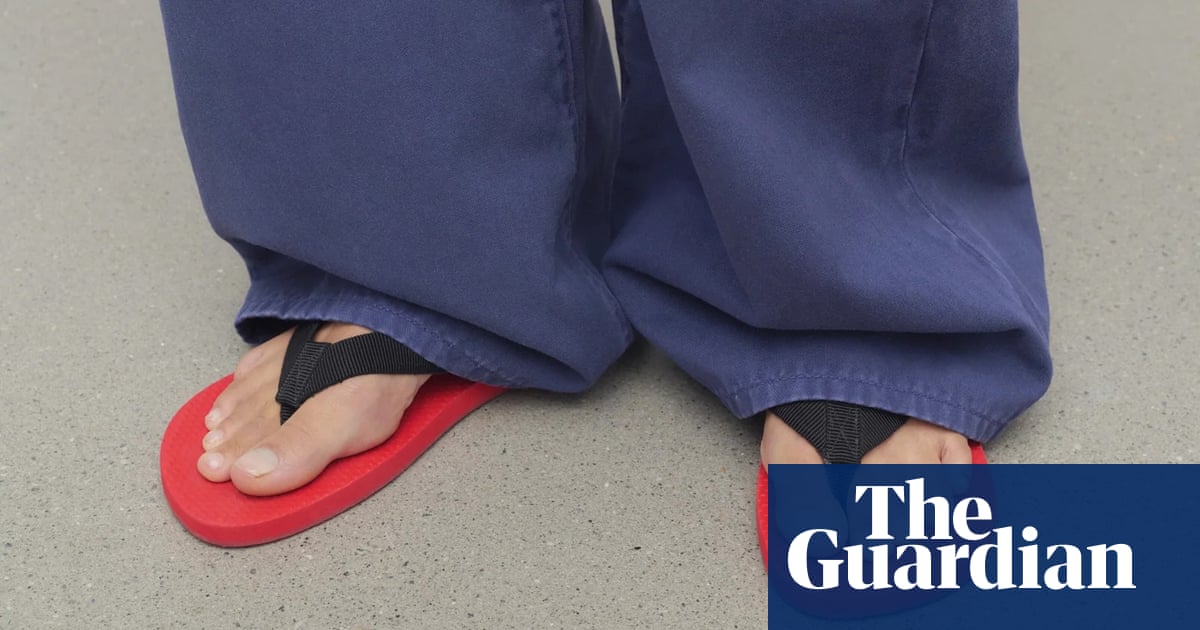When Maelle Kouman, 24, turned off auto-capitalisation on her phone as a teenager, she didn’t realise it would become a lifelong habit. “Lowercase feels like an ongoing conversational tone without a start or end,” she says. “It removes the serious tone certain texts can exude, even without trying.”
Ruweyda Hilowle, 24, has also turned her back on capitals. “I text in lowercase because it feels more relaxed,” she says. “When I start using proper capitalisation, it feels as if I’m trying to make a point stronger than it needs to be.”
Kouman and Hilowle are not alone. For many members of gen Z, lowercase writing is not just a style preference but a cultural marker, reflecting their values and attitudes to tradition. Influential artists such as Billie Eilish, 23, have reinforced this aesthetic, using lowercase in song or album titles such as don’t smile at me or my future.
Brands are taking notice. Spotify’s curated playlists, such as chill vibes and teen beats, embrace lowercase to signal informality, while haircare company amika, which has a millennial and gen Z following, has done the same with its packaging to create a soft, approachable image.
“Capital letters can feel stern or abrupt,” says Caitlin Jardine, a social media manager at marketing agency Ellis Digital. A “calm, friendly” tone resonates more with gen Z’s values. This, after all, is a generation that grew up online, where the line between formal and informal communication is often blurred. “Lowercase writing is a way to reject the authority and rigidity associated with traditional grammar,” says Jardine. “It fosters an atmosphere of inclusivity and emotional connection.”
Karim Salama, founder of the digital marketing firm e-innovate, believes it’s a reflection of gen Z’s need for self-expression. “Language is constantly evolving, especially with new technology. First we saw this with the rise of emojis, which expressed feelings effectively for this generation. Using lowercase is straightforward and free from the constraints of past generations.”
It’s not an entirely new phenomenon, however. There was a similar, if smaller-scale rejection of capital letters in the 20th century, most notably in the poems of EE Cummings. Later, the feminist writer and activist bell hooks made the decision to lowercase her own name. This was not simply about aesthetics – it was a political statement, challenging hierarchies and rejecting formality, while also attempting to shift attention from hooks the person on to her ideas. As she put it in 2013, on a visit to Rollins College in Florida, she wanted people to focus on her books, and not on “who I am”.
For some gen Zers, however, lowercase is also a question of style. “There’s something about how the letters line up – it just looks better to me,” Hilowle says. The minimalism suits gen Z’s broader love of simplicity and imperfection.
Even for those who aren’t consciously aware of its visual appeal, lowercase writing often feels instinctively right. “I think I’ve kept using lowercase out of habit,” says Kouman. “But when I look back, it started because everyone in my school group chat did it, and I guess after a while it felt normal.”
Many young people, however, switch back to uppercase in professional or academic settings, where formality still holds weight. “I actively choose to text using capital letters when I know I’m speaking to work colleagues,” says Nardos Petros, 23. “It’s about presenting myself in a certain way.”
Some have even adopted capitalisation as a humorous marker of adulthood. Kouman points to a trend on TikTok where young adults announce they’ve turned their auto-capitalisation back on as a sign of maturity.
It’s too early to tell if lowercase is here to stay, or whether later generations will rediscover a taste for capital letters. For Kouman, at least, lowercase is a small but meaningful choice. “Lowercase is more than just a style,” she says. “It’s a way to communicate in a way that feels like me.”










